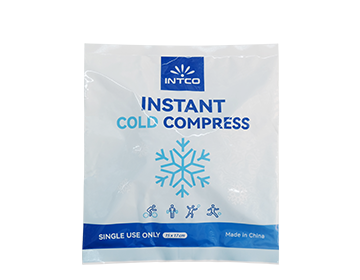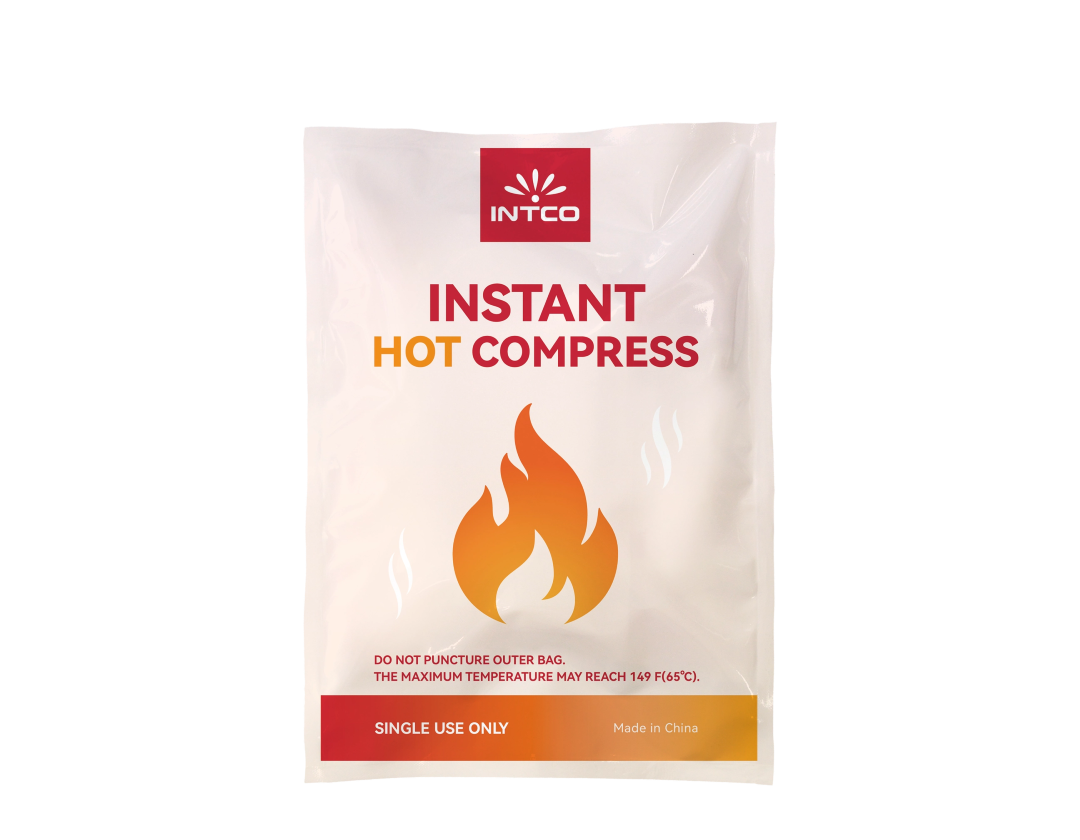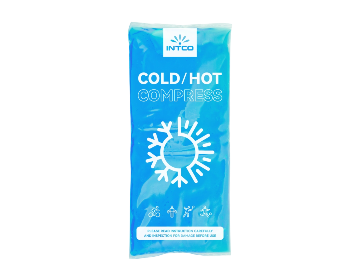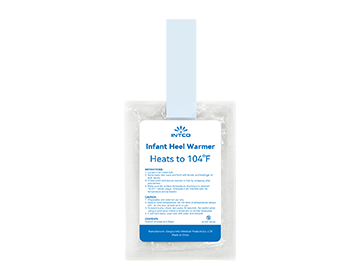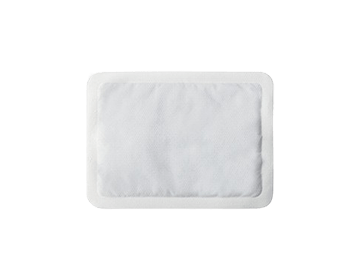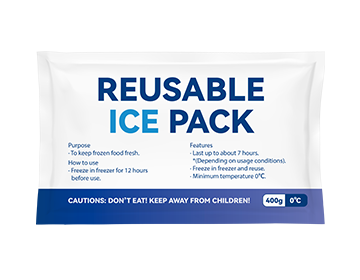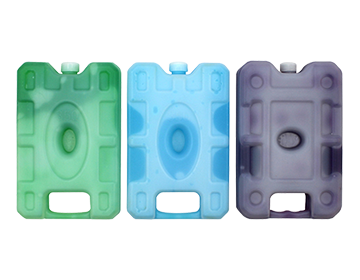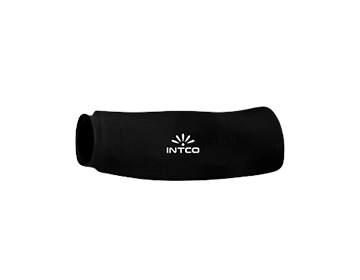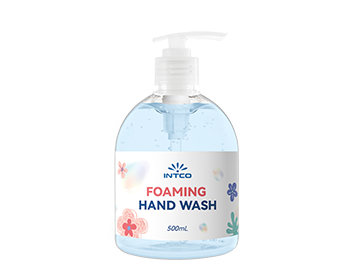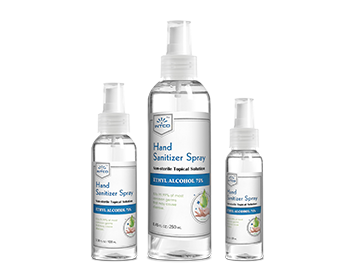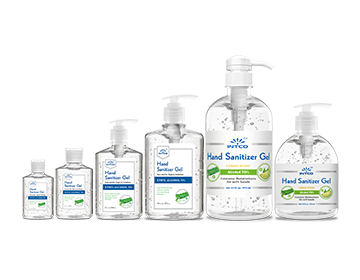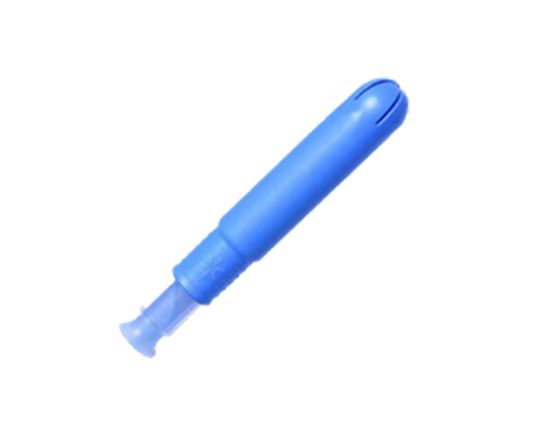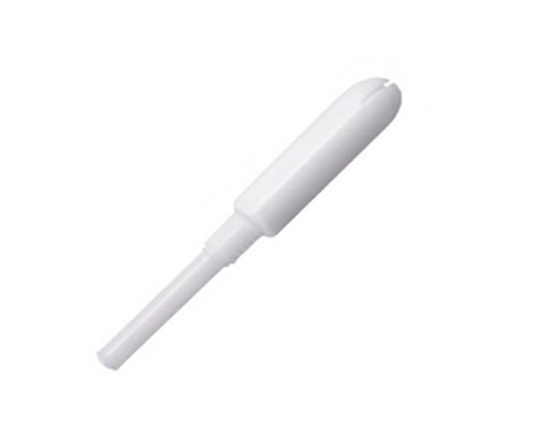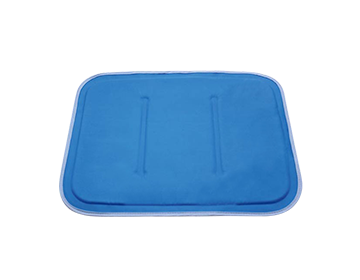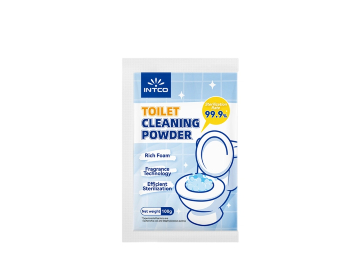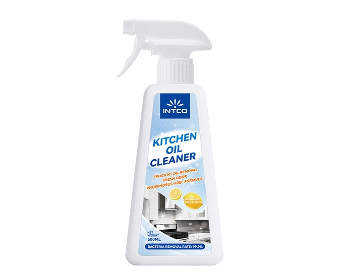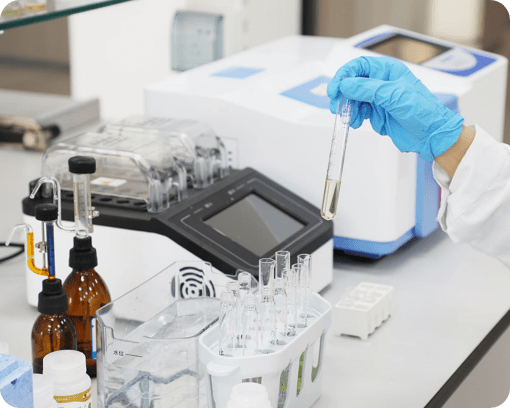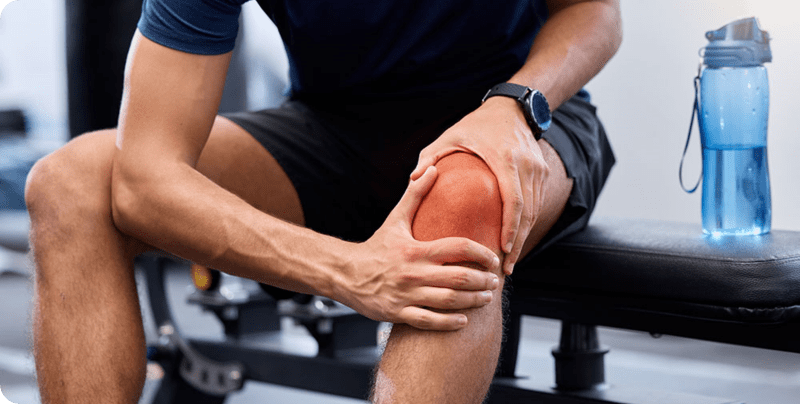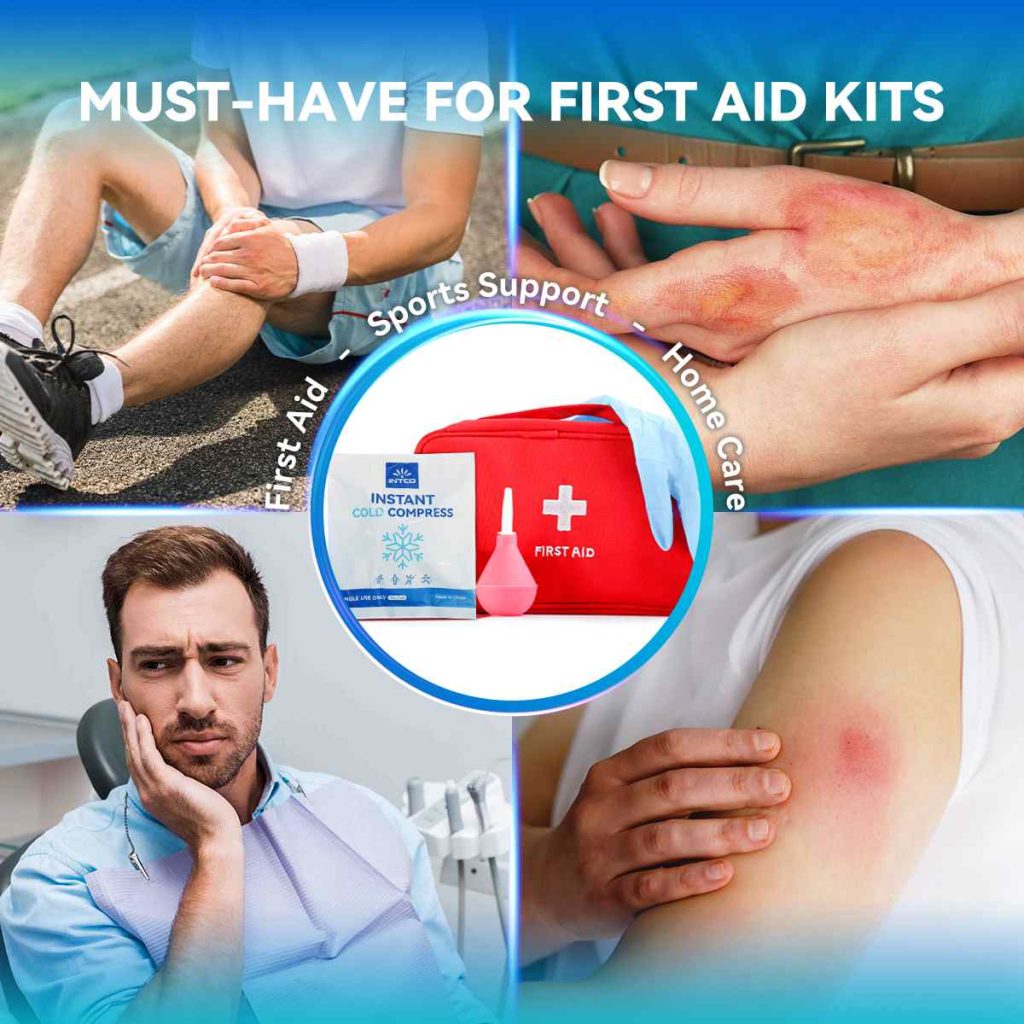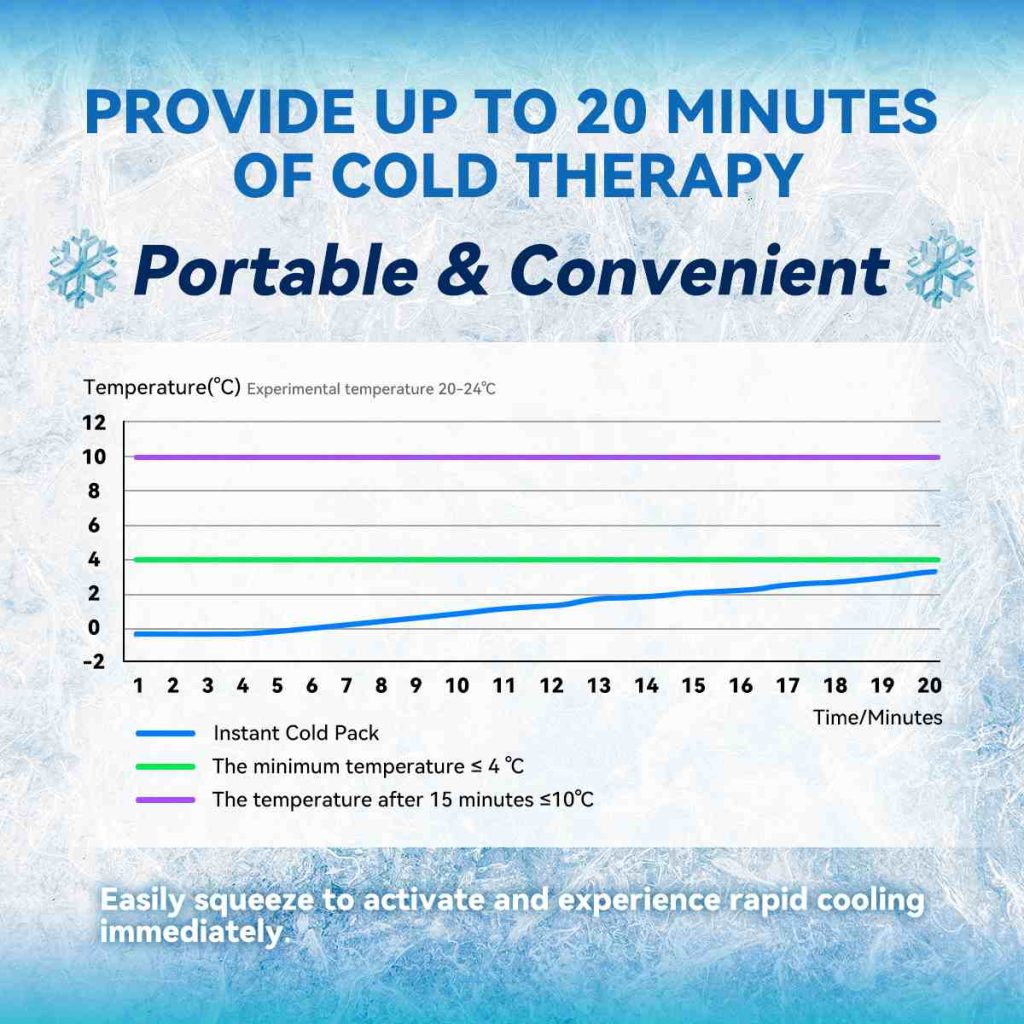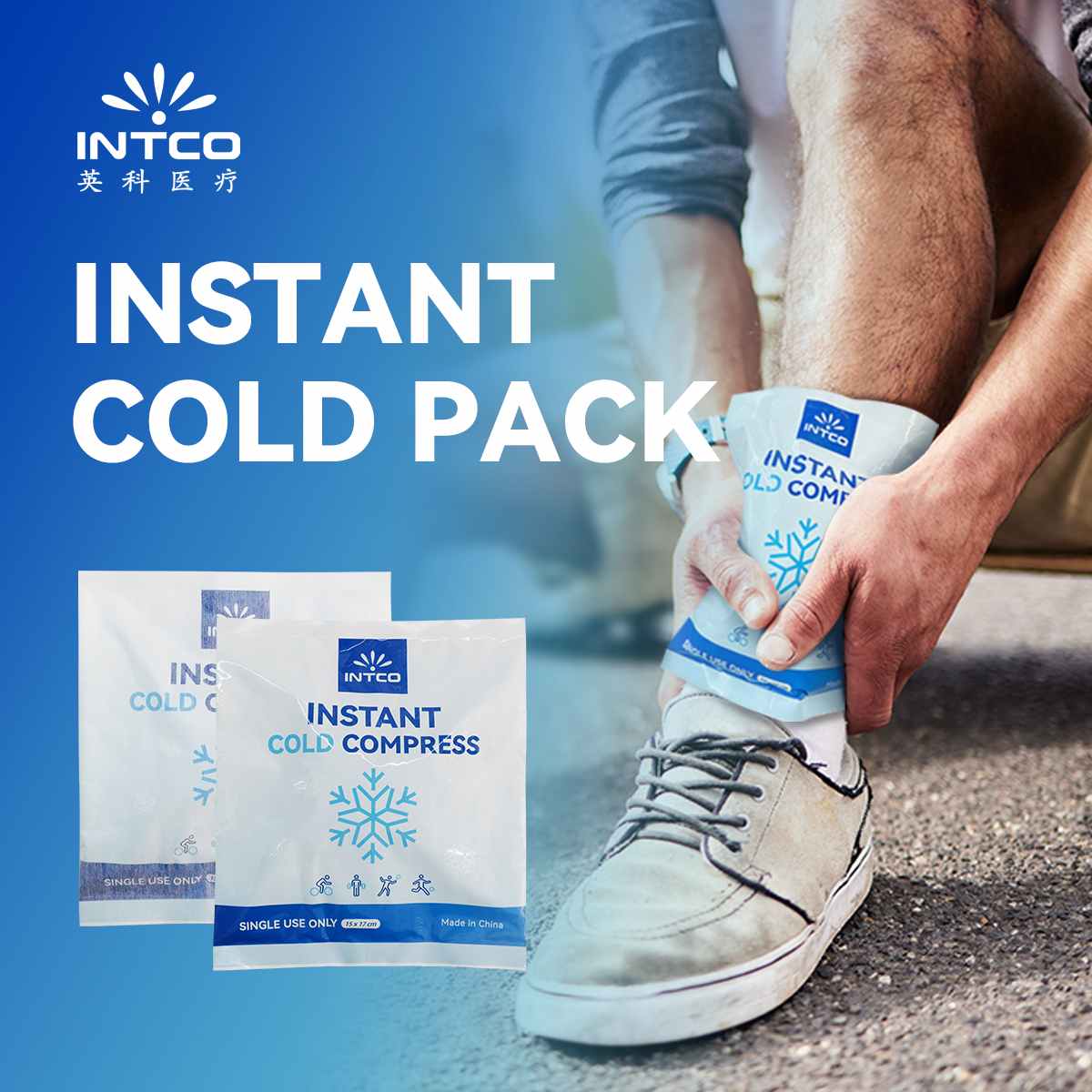The Science Behind Instant Cold Packs in Reducing Swelling
Understanding Swelling and Inflammation
What Causes Swelling and Inflammation?
Swelling and inflammation are natural responses initiated by the body to protect and heal tissues after injury or infection. The process involves the accumulation of fluid, white blood cells, and other immune system components at the site of damage. Various factors can trigger these reactions, including physical injuries like sprains, strains, and fractures, as well as infections, allergic reactions, and autoimmune disorders. The increased blood flow and cellular activity lead to the characteristic redness, warmth, pain, and swelling associated with inflammation.
The Body’s Natural Response to Injury
When the body is injured, it activates a complex series of events to manage and repair the damage. Initially, blood vessels in the affected area constrict to minimize blood loss. Subsequently, they expand or dilate, allowing more blood to reach the damaged tissues. This influx of blood delivers essential nutrients, oxygen, and immune cells to promote healing. Additionally, chemical signals released by injured cells and the immune system attract white blood cells to combat pathogens and clear away dead cells and debris. Although these processes are crucial for recovery, they often result in painful swelling that can hinder mobility and prolong discomfort.
Common Conditions Leading to Swelling
Numerous conditions can lead to swelling and inflammation. Common examples include:
- Sprains and Strains: Overstretching or tearing of ligaments and muscles can cause significant swelling and pain.
- Arthritis: Inflammatory conditions like rheumatoid arthritis and osteoarthritis often result in swollen and painful joints.
- Infections: Bacterial, viral, or fungal infections can trigger localized or systemic swelling in response to the pathogen.
- Allergic Reactions: Allergens can cause the body’s immune system to overreact, leading to swelling, particularly in the skin, eyes, and respiratory passages.
- Post-Surgical Recovery: Swelling is a common side effect after surgical procedures, as the body works to heal the operated area.
How Instant Cold Packs Work
Composition of Instant Cold Packs
Instant cold packs are designed to provide immediate, portable cold therapy. They usually consist of two main components: water and calcium ammonium nitrate/urea, sealed in separate compartments within a plastic pouch. When the pack is activated by squeezing or striking it, the inner compartment breaks, allowing the water to mix with the calcium ammonium nitrate/urea. This chemical reaction absorbs heat, rapidly cooling the pack to a temperature suitable for application to injured or swollen areas.
The Science Behind Cold Therapy
Cold therapy, or cryotherapy, works by constricting blood vessels (vasoconstriction) and reducing blood flow to the affected area. This mechanism helps to minimize fluid accumulation, thereby decreasing swelling and inflammation. Additionally, the reduced blood flow helps to numb nerve endings, providing immediate pain relief. Cold therapy also slows down cellular metabolism, reducing the risk of further tissue damage and promoting a quicker recovery process. These scientific principles underpin the functionality of instant cold packs, making them an effective tool for managing acute injuries and inflammation.
Benefits of Using Instant Cold Packs Over Traditional Methods
Instant cold packs offer several advantages over traditional cold therapy methods, such as ice packs or cold compresses. Key benefits include:
- Convenience: Instant cold packs do not require refrigeration, making them ideal for use in emergencies, outdoor activities, or travel.
- Speed: They achieve the desired cooling effect almost instantly, providing rapid pain relief and inflammation control.
- Portability: Their compact and lightweight design allows for easy storage and transport in first aid kits, sports bags, and backpacks.
- Single-use: Being disposable ensures hygiene and eliminates the risk of cross-contamination, especially in settings where multiple individuals may require cold therapy.
Proper Usage of Instant Cold Packs
Steps for Effective Application
To maximize the benefits of instant cold packs, proper application is crucial. Follow these steps for effective use:
- Activate the Pack: Firmly squeeze or strike the pack to break the inner compartment, allowing the water to mix with the chemical component.
- Shake the Pack: Shake it gently to ensure the contents mix thoroughly and the cooling process begins.
- Wrap the Pack: For added comfort and to prevent skin damage, wrap the pack in a thin cloth or towel before applying it to the skin.
- Apply to Affected Area: Place the cold pack on the swollen or injured area, ensuring full coverage to maximize its effectiveness.
Duration and Frequency of Use
The duration and frequency of cold therapy are critical for safe and effective treatment. Apply the instant cold pack for 15-20 minutes at a time. Prolonged exposure can lead to skin damage or frostbite. Allow the skin to return to its normal temperature before reapplying, which typically takes about 1-2 hours. For acute injuries, cold therapy can be used several times a day during the initial 48-72 hours to reduce swelling and alleviate pain.
Precautions and Safety Tips
While instant cold packs are generally safe and effective, certain precautions should be taken to ensure proper use. First, never apply an instant cold pack directly to the skin without a protective barrier, as this can cause frostbite or ice burns. Always wrap the pack in a cloth or towel. Second, avoid using cold therapy for extended periods, as prolonged exposure can damage skin and underlying tissues. It’s essential to follow the recommended application time and frequency to balance effectiveness and safety. Finally, individuals with certain medical conditions, such as diabetes or vascular disorders, should consult a healthcare provider before using instant cold packs, as impaired circulation can affect the safety of cold therapy.
Specific Benefits of Instant Cold Packs
Immediate Pain Relief
One of the significant benefits of using instant cold packs is the immediate relief of pain. The cold temperature helps to numb nerve endings in the affected area, reducing the sensation of pain quickly. This is particularly beneficial for acute injuries, such as sprains, strains, and bruises, where the primary goal is to manage pain immediately. By minimizing discomfort, instant cold packs can make it easier for individuals to move and perform necessary first aid procedures without aggravating the injury.
Reduction in Blood Flow
Instant cold packs are effective at reducing blood flow to the injured area through the process of vasoconstriction. By constricting blood vessels, the cold temperature limits the amount of fluid that can accumulate in the tissues, thereby preventing excessive swelling. This is crucial during the initial stages of an injury when swelling can lead to increased pressure, pain, and further tissue damage. By controlling blood flow promptly, instant cold packs help manage the body’s inflammatory response more effectively.
Prevention of Secondary Damage
Another critical benefit of using instant cold packs is the prevention of secondary damage to tissues. When an area is injured, the body’s inflammatory response can sometimes cause additional harm due to excessive swelling and prolonged inflammation. By applying cold therapy, the metabolic rate of cells in the affected area is slowed, reducing the risk of further tissue damage. This controlled approach allows for a more efficient healing process, ensuring that the injury does not worsen due to secondary effects.
Comparing Different Types of Cold Therapy Solutions
Gel Packs vs. Instant Cold Packs
Gel packs and instant cold packs are common cold therapy solutions, but they have significant differences. Gel packs require refrigeration, limiting their portability and convenience, especially in situations where a cold source is not readily available. On the other hand, instant cold packs are self-activating and do not need prior cooling, making them ideal for emergencies and outdoor activities. While gel packs can be molded to fit the contours of the body, providing more targeted cold therapy, instant cold packs offer the advantage of immediate and accessible use.
Ice Baths vs. Cold Packs
Ice baths and cold packs serve different purposes and are used in varying contexts. Ice baths are typically used for full-body immersion, making them suitable for treating widespread muscle soreness, especially among athletes. However, they require preparation and are not practical for localized injuries. Cold packs, whether instant or traditional, are highly effective for targeted treatment of specific injuries like sprains, strains, and contusions. Instant cold packs, in particular, offer the added benefits of portability and ease of use without the need for preparation time.
When to Choose One Over the Other
Choosing between different cold therapy solutions depends on the specific needs of the situation. For immediate and localized pain relief, such as after an acute injury or during a sporting event, instant cold packs are the ideal choice due to their convenience and rapid activation. For chronic conditions or generalized muscle soreness, gel packs or ice baths may be more appropriate, provided there is access to refrigeration or the resources needed for an ice bath. The decision should also consider the individual’s comfort and safety, ensuring that the chosen method effectively addresses the injury without causing additional complications.
Real-Life Applications
Sports Injuries
Sprains and Strains
Instant cold packs are indispensable in managing sports-related injuries such as sprains and strains. These injuries often occur unexpectedly and require immediate attention to prevent further damage. The rapid cooling effect of instant cold packs helps to reduce swelling and pain, allowing athletes to continue participating in activities or initiate rehabilitation without delay. The ease of application makes them a staple in sports first aid kits, ensuring that prompt and effective treatment is always available.
Bruises and Contusions
Bruises and contusions are common in contact sports, and instant cold packs provide quick and effective relief. The cold therapy reduces blood flow to the area, minimizing discoloration and swelling. Applying an instant cold pack immediately after the injury can significantly decrease the severity of the bruise, enhancing recovery times and preventing complications. This immediate intervention is crucial in managing the aftermath of impacts and ensuring that athletes can maintain their performance levels.
Post-Surgical Care
Minimizing Postoperative Swelling
Post-surgical care often involves managing swelling and discomfort, and instant cold packs play a vital role in this process. After surgery, the body naturally responds with inflammation to promote healing, but excessive swelling can be counterproductive and painful. Using instant cold packs can help control this response, reducing swelling and providing pain relief. Their ease of use and disposable nature make them suitable for home care, allowing patients to manage their recovery effectively without needing specialized equipment.
Enhancing Recovery Times
By controlling inflammation and providing pain relief, instant cold packs contribute to faster recovery times post-surgery. Reducing swelling helps to improve mobility and function, enabling patients to begin rehabilitation exercises sooner. This accelerated recovery process can lead to better long-term outcomes, as early mobilization is often linked to reduced complications and enhanced overall recovery. Instant cold packs thus serve as a critical component in the postoperative care regimen, supporting patients in their journey to full recovery.
Everyday Use for Minor Injuries
Instant cold packs are not only useful in sports and post-surgical care but also for everyday minor injuries. Whether it’s a kitchen burn, a bump from household chores, or a minor fall, the immediate application of a cold pack can provide quick pain relief and reduce swelling. Their convenience and readiness make them an essential item in home first aid kits, ensuring that effective treatment is always at hand for various minor ailments.
FAQs
Common Questions and Misconceptions
Can Instant Cold Packs Be Reused?
One common question about instant cold packs is whether they can be reused. The answer is no; instant cold packs are designed for single-use only. The chemical reaction that triggers the cooling effect is a one-time process, making it impossible to reactivate the pack. After the initial use, the pack should be disposed of appropriately. For situations requiring multiple cold applications, having several instant cold packs on hand or considering reusable gel packs might be advisable.
Are There Any Side Effects?
While instant cold packs are generally safe, there are potential side effects to be aware of. Prolonged or direct application to the skin can result in frostbite or ice burns. It is essential to always use a protective barrier such as a cloth or towel when applying the pack. Additionally, individuals with poor circulation or certain medical conditions should use cold therapy cautiously and consult with a healthcare professional beforehand. Recognizing and adhering to the recommended usage guidelines can minimize the risk of adverse effects, ensuring safe and beneficial outcomes from using instant cold packs.
INTCO‘s Instant Cold Packs can effectively relieve swelling.
INTCO Healthcare offers a range of cold packs that are designed to provide relief from pain and swelling caused by inflammation. These cold packs can be used for various purposes, including joint and muscle injuries, back and neck pain, arthritis, sinus and stress headaches, post-surgical pain, sunburn, and other burns. The cold therapy provided by these packs helps reduce swelling and pain, promoting faster recovery and relieving discomfort.
INTCO Healthcare’s cold packs are available in different sizes and colors, allowing users to choose the most suitable option for their needs. The packs are designed to be easy to use and provide effective cold treatment to the affected area. They are made with high-quality materials to ensure durability and long-lasting performance.
Whether you are an athlete, experiencing muscle pain, or in need of post-surgical care, INTCO Healthcare’s cold packs are a reliable solution to alleviate pain and promote healing.

